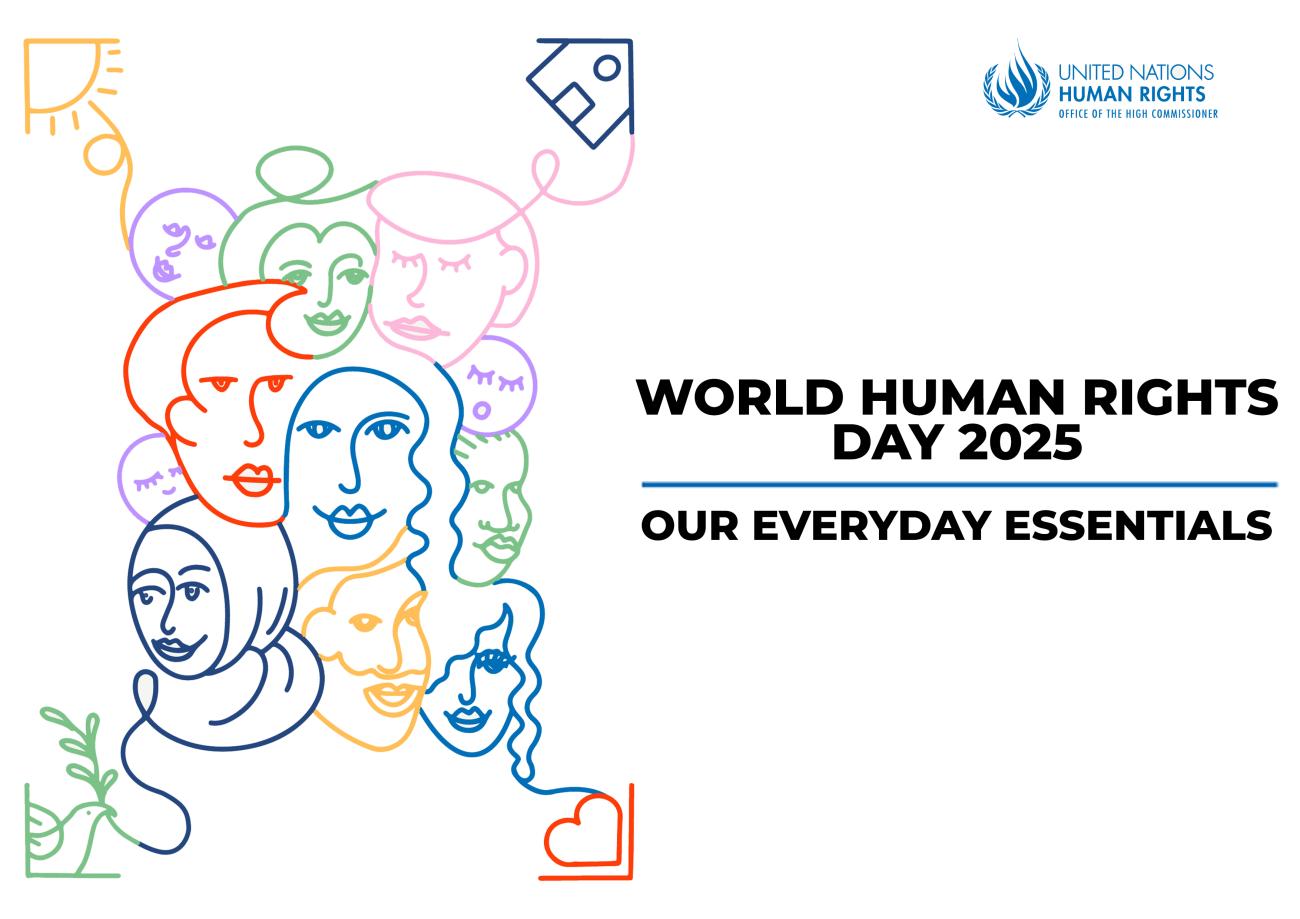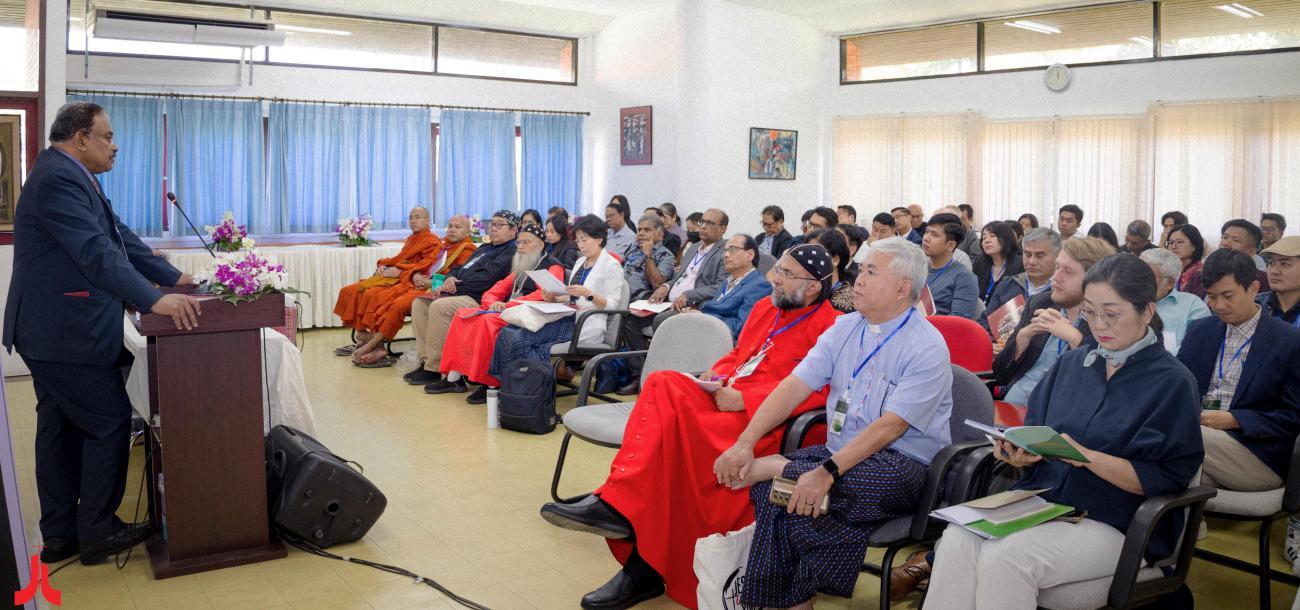ALERT: Typhoon Washi in the Philippines

December 20, 2011
1. Brief description of the emergency On December 15, 2011, Typhoon Washi (local code name Typhoon Sendong) with the strength range of 55 to 65 kph and gustiness of up to 80 kph entered the Philippine Area of Responsibility and affected many areas in Northeastern Mindanao and Eastern Visayas. In the three days that Typhoon Washi stayed in the country, it affected thirteen provinces in the seven Regions (Regions VI, VII, IX, X, XII, CARAGA and ARMM) in Southern Philippines as it lashed out strong wind and heavy rains that caused flash floods, landslides and massive flooding.
Typhoon Washi moved out of the Philippine Area of Responsibility on December 18 but left behind severe devastation on hundreds of lives, property and livelihood to hundreds thousands population.
2. Impact
Typhoon Sendong (international code name: Washi) washed away entire villages as it whipped the southern part of the Philippines in the early hours of Saturday, December 17. In its aftermath, Typhoon Sendong left a trail of flattened homes, broken bridges and upended vehicles in the Northern Mindanao Region. The cities of Cagayan de Oro and Iligan on the island of Mindanao were worst hit when typhoon hit shore late on Friday and early on Saturday, sending torrents of water and mud through villages and stripping mountainsides bare.
Massive flooding that rose as high as 3 meters affected many barangays in the provinces of Capiz and Negros Oriental in the Visayas and the provinces of Zamboanga del Norte, Lanao del Norte and Misamis Oriental in Mindanao. The serious flooding forced thousands of families to flee to safer grounds in public elementary schools that served as evacuation centers. As of 6am of December 20, 9,742 families or 42, 733 persons are still staying in 62 evacuation centers.
According to the National Disaster Risk Reduction and Management Council (NDRRMC), typhoon Sendong affected a total of number of 63,079 families or 338,415 persons in 259 barangays, in 30 municipalities and 8 cities in the 13 provinces of Region VI, Region VII, Region IX, Region X, Region XI, CARAGA and the ARMM. Death toll mainly caused by flashfloods and landslides which swept away houses into rivers and out to sea induced by Typhoon Sendong has reached 957, mostly were women and children; 1,582 persons were injured; 432 persons were rescued while 800 more persons still missing. As retrieval operations are still going on, thousands of families are still staying in evacuation as their houses were destroyed and swept away by flash floods.
The NDRRMC also reported that a total of 6,917 houses were damaged (with 3,127 totally damaged and 7,218 partially destroyed). On the other hand, 14 school buildings in the CARAGA Region and Region X were partially destroyed as these structures were mostly submerged to more than 5 ft flood water. Initial cost of damage to agriculture as Typhoon Washi destroyed rice and corn crops, livestock and fisheries in the CARAGA region and Region V was estimated at Php1,936,415.
Some villages were rendered “no man’s land” as whole communities were totally wiped out.
3. National and International response
The NDRRMC said that it activated its Operation Center in December 15, 2011 and went on a “blue alert” status to monitor the situation and provide necessary action. In December 16, the response was on “Red Alert” status and instructed respective member agencies to prepositioned respective resources such as supplies, equipment and manpower to the new disaster situation. All departments and agencies that comprise the NDRRMC such as the Department of Education, the PAGASA, DSWD, DILG, DOH, AFP, Coast Guard and others were likewise instructed to render their respective responses to the situation. The Department of Health through its Health Emergency Management Services (HEMS) prepared assorted drugs, medicines and cadaver bags while the DOH Region X sent Rapid Health Assessment Team to the flooded areas and prepared P50,000 worth of drugs and medicines to the affected areas. The Department of Social Work and Development (DSWD) on the other hand has pre-positioned Php15.21M Standby Funds and Php57.28 M worth of relief supplies in all DSWD-Focal offices while the Department of Public Work and Highways helped in expediting clearing operations in areas affected by landslides utilizing heavy equipment and private contractors.
As of this writing, the national government has set aside PhP1.3 B in calamity fund to help ease the plight of the typhoon victims while other local government unit officials allocated financial assistance to the affected areas. Meanwhile, the governments of US, China and other international donors have pledged support to the Philippine government.
4. ACT Alliance response
NCCP member churches and partner organizations in the affected regions have sent their initial damage, needs and capacities assessment reports. The NCCP has released initial fund from its reserve fund to the Diocese of MOBUCA of the Iglesia Filipina Independiente for initial emergency assistance because IFI-MOBUCA has opened their churches, chapels and facilities to families affected by the typhoon. There is urgent need for food, medicine, potable water, clothing, sleeping paraphernalia and temporary shelter. Psycho-social assistance is also badly needed for traumatized individuals especially women and children.
For immediate response, NCCP has issued appeals for donations to its member churches, friends and benefactors and has open its main building and members’ offices for relief goods. NCCP plans to issue an appeal that would ask support for humanitarian assistance including food, non-food items, hygiene kits and medicines. Assistance for rebuilding and rehabilitation will also be needed and will later be identified when situation will be normalized. Coordination with Lutheran World Relief-Philippines has been initiated. NCCP Staff are set to assist NCCP member churches in the affected areas in conducting damage and needs assessment.








